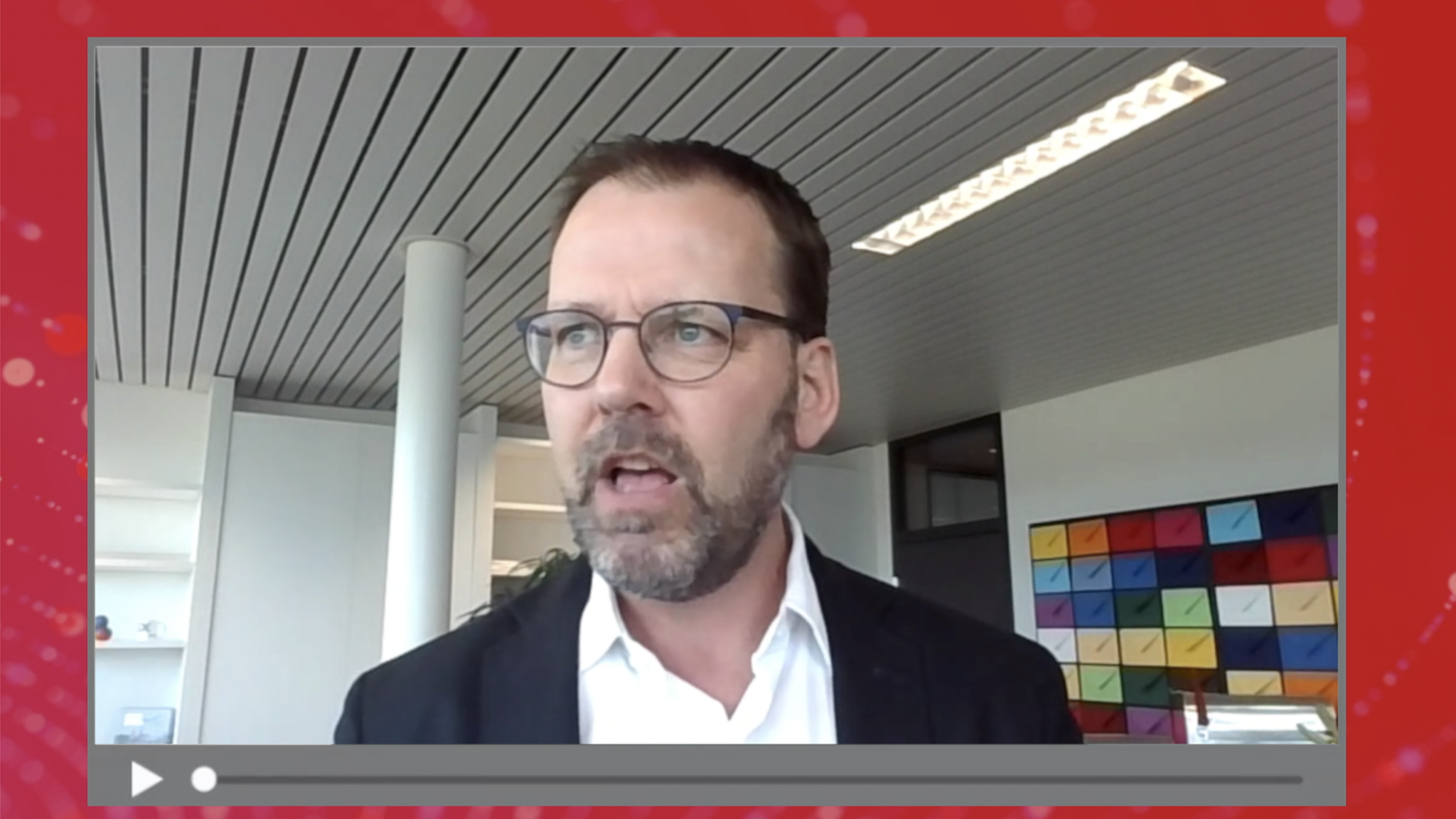Colonial hack: How did cyber-attackers shut off pipeline?
- Published
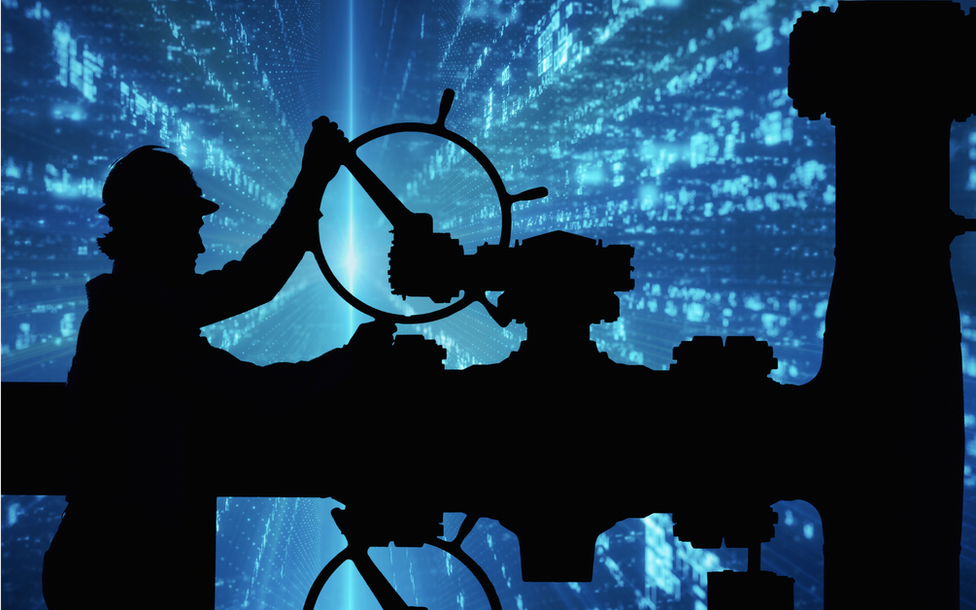
Investigators at the largest fuel pipeline in the US are working to recover from a devastating cyber-attack that cut the flow of oil.
The hack on Colonial Pipeline is being seen as one of the most significant attacks on critical national infrastructure in history.
The pipeline transports nearly half of the east coast's fuel supplies and prices at pumps are expected to rise if the outage is long lasting.
How can a pipeline be hacked?
For many people, the image of the oil industry is one of pipes, pumps and greasy black liquid.
In truth, the type of modern operation Colonial Pipeline runs is extremely digital.
Pressure sensors, thermostats, valves and pumps are used to monitor and control the flow of diesel, petrol and jet fuel across hundreds of miles of piping.
Colonial even has a high-tech "smart pig" (pipeline inspection gauge) robot that scurries through its pipes checking for anomalies.
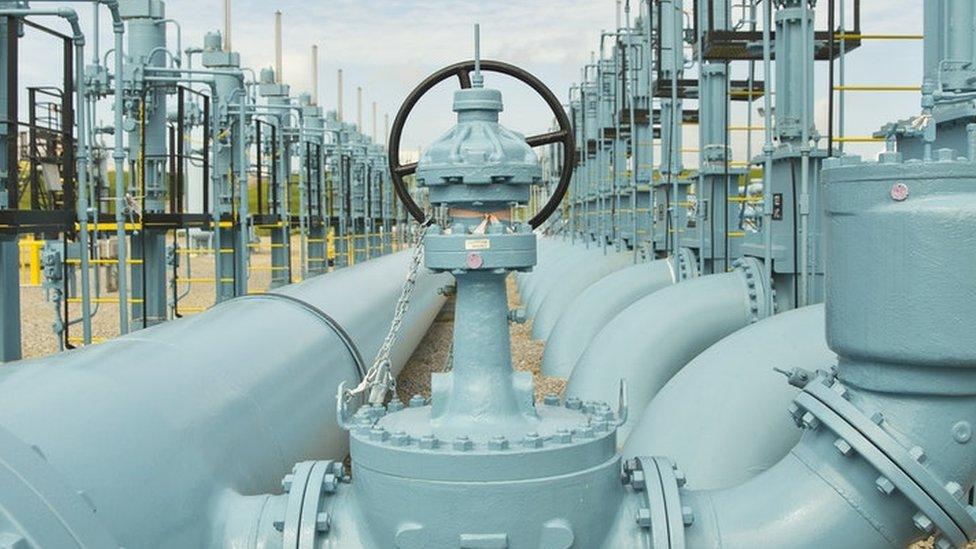
The Colonial Pipeline carries 2.5 million barrels a day
All this operational technology is connected to a central system.
And as cyber-experts such as Jon Niccolls, from CheckPoint, explain, where there is connectivity, there is risk of cyber-attack:
"All the devices used to run a modern pipeline are controlled by computers, rather than being controlled physically by people," he says.
"If they are connected to an organisation's internal network and it gets hit with a cyber-attack, then the pipeline itself is vulnerable to malicious attacks."
How did the hackers break in?
Direct attacks on operational technology are rare because these systems are usually better protected, experts say.
So it's more likely the hackers gained access to Colonial's computer system through the administrative side of the business.
"Some of the biggest attacks we've seen all started with an email," Mr Niccolls says.
"An employee may have been tricked into downloading some malware, for example.
"We've also seen recent examples of hackers getting in using weaknesses or compromise of a third-party software.
"Hackers will use any chance they get to gain a foothold in a network."
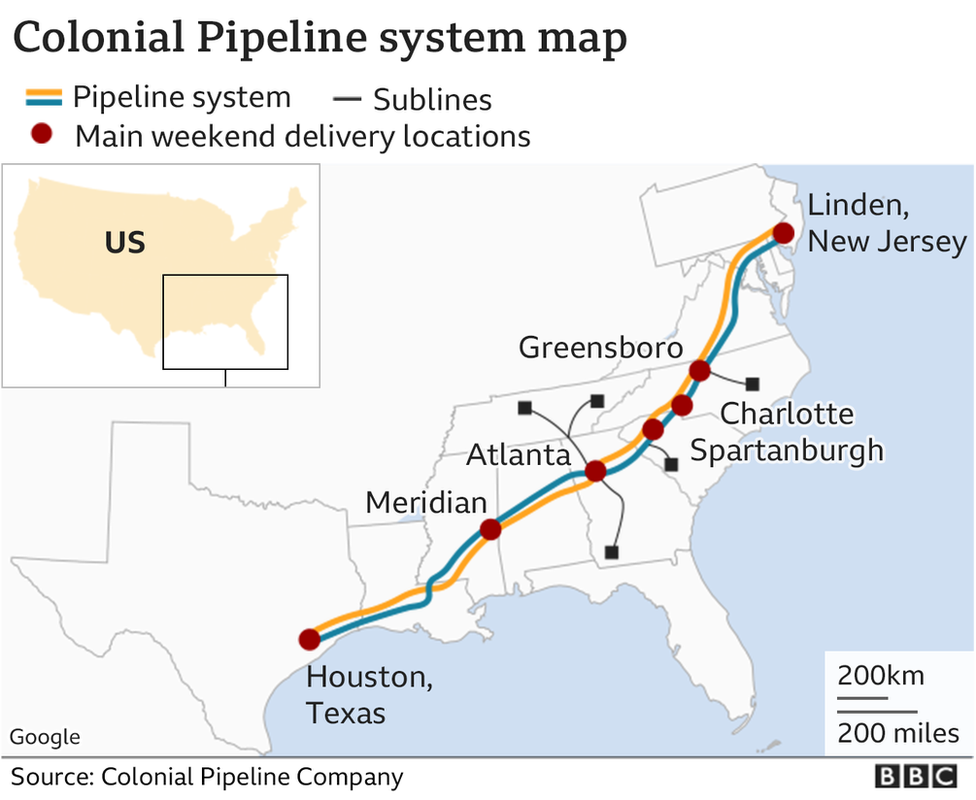
Hackers could potentially have been inside Colonial's IT network for weeks or even months before launching their ransomware attack.
In the past, criminals have cause mayhem after finding their way into the software programs responsible for operational technology.
In February, a hacker gained access to the water system of Florida city and tried to pump in a "dangerous" amount of a chemical.
A worker saw it happening on his screen and stopped the attack in its tracks.
Similarly, in winter 2015-16, hackers were able to flick digital switches in Ukrainian power substations, causing cuts affecting hundreds of thousands of people.
Businesses are being held to ransom by callous cyber-criminals
How can this be stopped?
The simplest way to protect operational technology is to keep it offline, with no link to the internet at all.
But this is becoming harder for businesses, as they increasingly rely on connected devices to improve efficiency.
"Traditionally, organisations did something known as 'air gapping'," cyber-security expert Kevin Beaumont says.

Colonial Pipeline says it was hacked on Friday, 7 May
"They would make sure that critical systems were run on separate networks not linked to outward facing IT.
"However, the nature of the changing world now means more things are reliant on connectivity."
Who are the hackers?
The FBI has confirmed, external DarkSide, a relatively new but prolific ransomware gang thought to be based in Russia, was responsible.
It is unusual for criminal groups to attack "critical national infrastructure" - but experts such as Andy Norton, from cyber-defender Armis, says it is a growing concern.
"What we're seeing now is the ransomware gangs are maturing," he says.
"Where there is critical public service on the line, there is more chance of them getting the ransom paid."
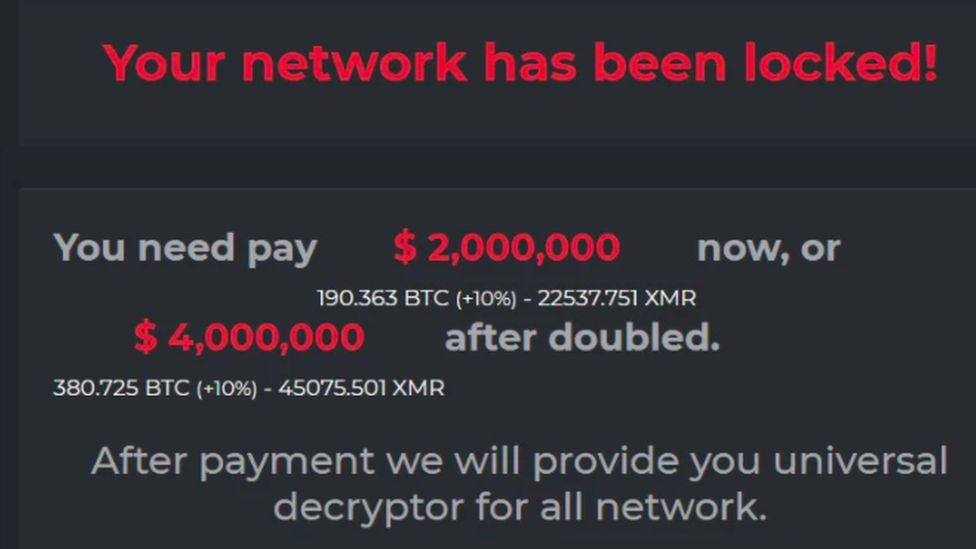
An example of a DarkSide ransomware notice that appears on victims' computer screens
Interestingly, the group posted something of an apology for the hack on its darknet website.
Although not directly referencing Colonial, it referred to "today's news", saying: "Our goal is to make money and not creating problems for society.
"From today, we introduce moderation and check each company that our partners want to encrypt to avoid social consequences in the future."
Like many ransomware groups, DarkSide runs an affiliate programme allowing "partners" to use its malware to attack targets, in exchange for a percentage of the ransom profits.
DarkSide have previously said it would start donating some of the extorted money to charities.
How can critical services be protected?
Experts have long been concerned about critical national infrastructure being hacked.
Last month, the Ransomware Task Force global coalition of experts called it a "national security risk".
The group says governments need to take urgent action to prevent ransoms being paid in secret.
Experts have been warning for years that it's not a matter of if, but when, hackers will kill somebody
It also wants pressure put on countries such as Russia, Iran and North Korea, which are regularly accused of harbouring ransomware groups.
But Mr Norton says organisations need to take responsibility as well.
"It's up to organisations to implement the type of cyber-security that is appropriate and proportionate and it's recognised that there are more teeth required by regulators to enforce this," he says.
- Published10 May 2021

- Published30 April 2021
